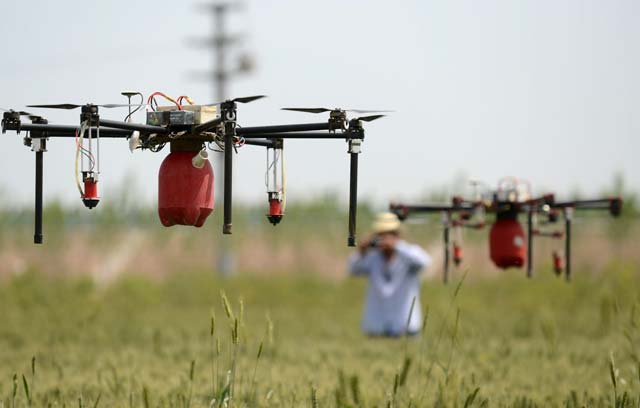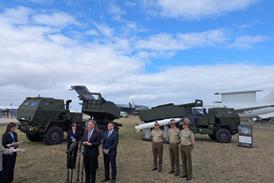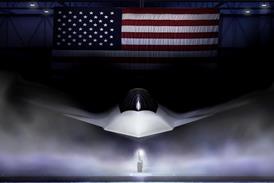European aviation regulators have vowed to implement new rules governing the commercial use of unmanned air vehicles this year in a bid to provide certainty to the fledgling industry.
The proposed risk-based regulations were only released 12 months ago, but Trevor Woods, certification director for the European Aviation Safety Association (EASA), believes more needs to be done to bring "clarity" to those investing in UAV technology.
“What industry needs is some certainty if they are going to invest in technology and standards; they need some framework that gives them some certainty on what they are doing, which is why we are working on the basic regulation and the implemented rules,” Woods told the AUVSI Europe conference in Brussels on 22 March.
“The time pressure is on us to give visibility on these rules and what industry can do through these rules.”
He says the basic regulation, which splits UAV use into three categories – open, specific and certified – based on the risks posed, is being reviewed at the moment ahead of its final implementation. EASA “will have to work very hard” to ensure the rules are swiftly and satisfactorily formed.
“What is coming together there will really make sense and enable us to put together this kind of proportionate, risk-based structure, with the right level of flexibility for new operations and technology to be accepted.
“On implemented rules for open and specific categories, we are going to be working very hard on that. We need a product this year for certain, we need clarity for certain.”
Woods notes areas of development include sense-and-avoid technology and geofencing, and integrating UAVs into the air traffic management system, on which work has started.

REX/Shutterstock
“As regulators, it’s quite easy for us to write a regulation to stop activities that are unsafe,” he continues. “It is not so easy to put in a regulatory structure to enable safe operations, and enable new types of operations.”
Woods stresses the importance of “light regulation” for the proposed open category. This should be focused around safety promotion, training and industry standards, leaving greater focus for risky operations that require more regulation.
“I would like us to use measures at the lower end as far as we can, if they are sufficient to control safety. We can provide oversight, and then we can provide enforcement when things go wrong.”
He argues that the proportionate measures would prevent a regulation overload, potentially stalling the industry’s development.
“As regulators we can do this very well, [apply] so much regulation and enforcement, that it will be very safe, but not in our interests and not what we want to achieve,” he says, adding a balance is needed between what industry wants and what safety bodies need to enforce.
“The pressures are usually on safety, but now we have technology driving the time pressures and the need to enable the market to develop and operate these technologies,” he adds.
Source: FlightGlobal.com


























